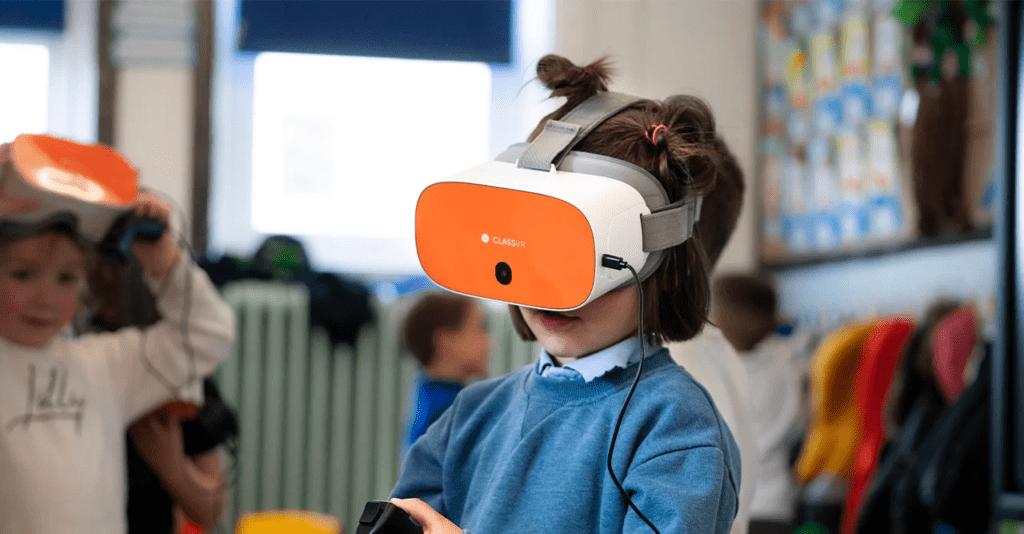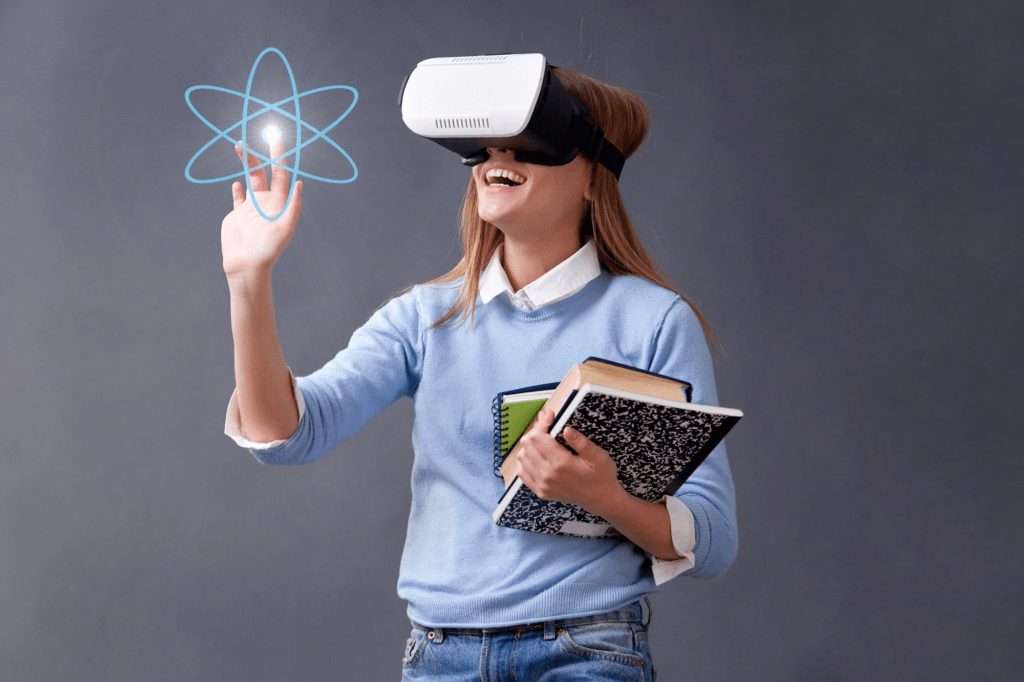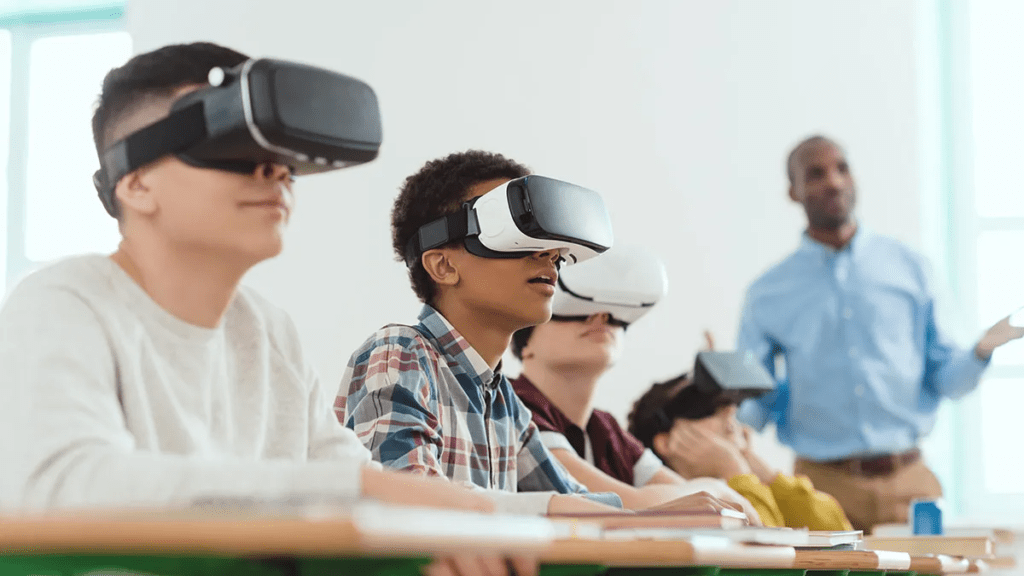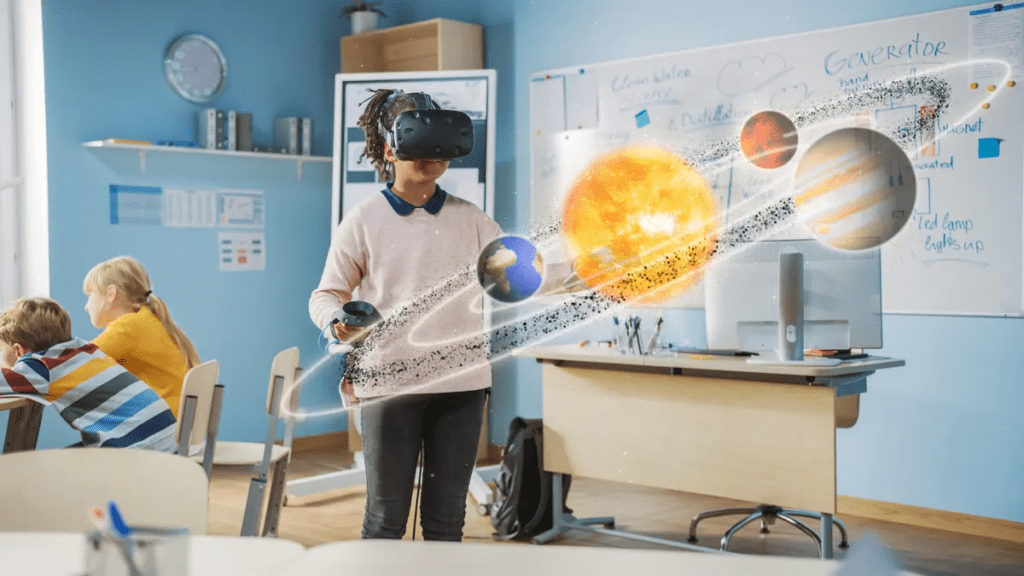Virtual Reality (VR) has revolutionized various industries, and education is no exception. In this blog post, we delve into the world of VR education, exploring its applications, benefits, advancements, and challenges. Discover how VR is transforming learning experiences and paving the way for immersive, interactive, and engaging educational journeys. Join us as we embark on a virtual adventure that unlocks the potential of VR in education.
Section 1: Understanding VR Education

In this section, we lay the foundation for understanding VR education by defining its key components, technologies, and principles. We explore the benefits and advantages it brings to the educational landscape, such as increased student engagement, improved knowledge retention, and enhanced critical thinking skills. Learn how VR can transport learners to virtual environments, providing unique and memorable learning experiences.
Section 2: Applications of VR in Education

VR has a wide range of applications in education, and this section highlights some of the most impactful ones. We delve into how VR enables virtual field trips, allowing students to explore distant places, historical sites, and even outer space without leaving the classroom. Discover how simulations and training in high-risk environments prepare students for real-world challenges, and how VR enhances STEM education by providing interactive and immersive learning opportunities. We also explore how VR can cater to the needs of special education students, promoting inclusivity and accessibility.
Section 3: Advancements in VR Technology for Education

The technology behind VR is constantly evolving, and this section explores the latest advancements that make VR more accessible and user-friendly for educational institutions. We discuss the hardware and software innovations driving the VR industry forward, including affordable VR solutions suitable for classrooms. Additionally, we explore cloud-based VR platforms that facilitate seamless integration into existing curricula, empowering educators to harness the power of VR without the need for extensive technical expertise.
Section 4: Case Studies and Success Stories

Real-world examples are powerful proof of VR’s impact in education. In this section, we showcase case studies and success stories of schools and institutions that have integrated VR into their teaching methodologies. Explore how VR has revolutionized student engagement, motivation, and learning outcomes. Gain insights from educators and students who have experienced firsthand the transformative power of VR education. These stories demonstrate the immense potential of VR in fostering a love for learning and expanding educational horizons.
Section 5: Best Practices for Implementing VR in Education

Implementing VR in education requires careful planning and execution. In this section, we provide best practices for educators interested in integrating VR into their classrooms. We discuss the importance of preparing for VR integration, creating collaborative and interactive VR learning environments, and assessing the impact of VR on student outcomes. Additionally, we address ethical considerations and data privacy to ensure responsible and safe use of VR technology in educational settings.
Section 6: Overcoming Challenges and Limitations

While VR education offers incredible opportunities, it also comes with challenges. In this section, we explore common obstacles such as cost, infrastructure requirements, and the need for teacher training. We discuss strategies to address these challenges, including seeking funding options, leveraging existing resources, and providing professional development opportunities for educators. We also address health and safety concerns associated with VR use and the importance of balancing VR with traditional teaching methods to ensure a comprehensive learning experience.
As we conclude our exploration of VR education, it is clear that this immersive technology has the power to transform learning experiences. From virtual field trips to simulations and specialized training, VR opens doors to endless educational possibilities. To embark on your own VR education journey, visit Global Town for access to cutting-edge VR resources and tools. Let us embrace the potential of VR and unlock a new era of personalized, engaging, and impactful education.
